Thanks for the question, Valancy, and for being a Regency Reader!
We have a category called Regency Beauty that has some beauty related recipes, but have not featured concealer.
Here are a couple possiblities.
From The Lady’s Toilette (1808), the author recommends a few cosmetics to give the complexion a nice, milky quality.
Balm of Mecca, which was quite a luxury as it was expensive:
The author does note some accounts of swelling as a side effect, in addition to be expensive.
Virgin milk:
Or a more powerful version:
The Art of Beauty; Or, the Best Methods of Improving and Preserving the Shape, Carriage, and Complexion. Together with the Theory of Beauty (1825) has a chapter on paints and cosmetics, which they assert is primarily to “impart whiteness, freshness, suppleness, and brilliancy to the skin.” Which I think is the makeup no-makeup look you are describing. The author is pretty harsh on paints (ie makeup) but nonetheless provides some receipts and hints for blush, lip stain, or foundation. Probably the best recommendation is for Talc, although they also include a receipt for virgin milk.
The Ladies Best Companion; Or, a Golden Treasure for the Fair Sex Containing the Whole Arts of Cookery … With Plain Instructions for Making English Wines, Etc (1800) offers the following receipt for a beautiful, blooming countenance water:
I hope that provides some places to look and ideas, Valancy!
Ask us more questions about the Regency in our Regency ? page. We are also trialing a new service, Research Requests, for writers or others wanting a more in-depth answer with sources, or looking for a Beta read with an eye to historical details.
Appreciate our research? Please share with other readers, leave your comments, buy a book through one of our links on reviews, or buy us a cup of tea!

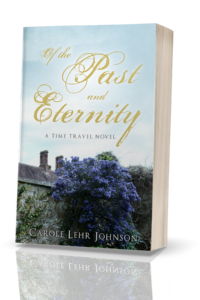
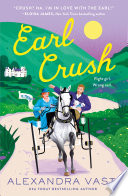
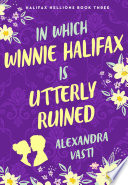

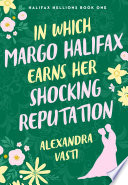
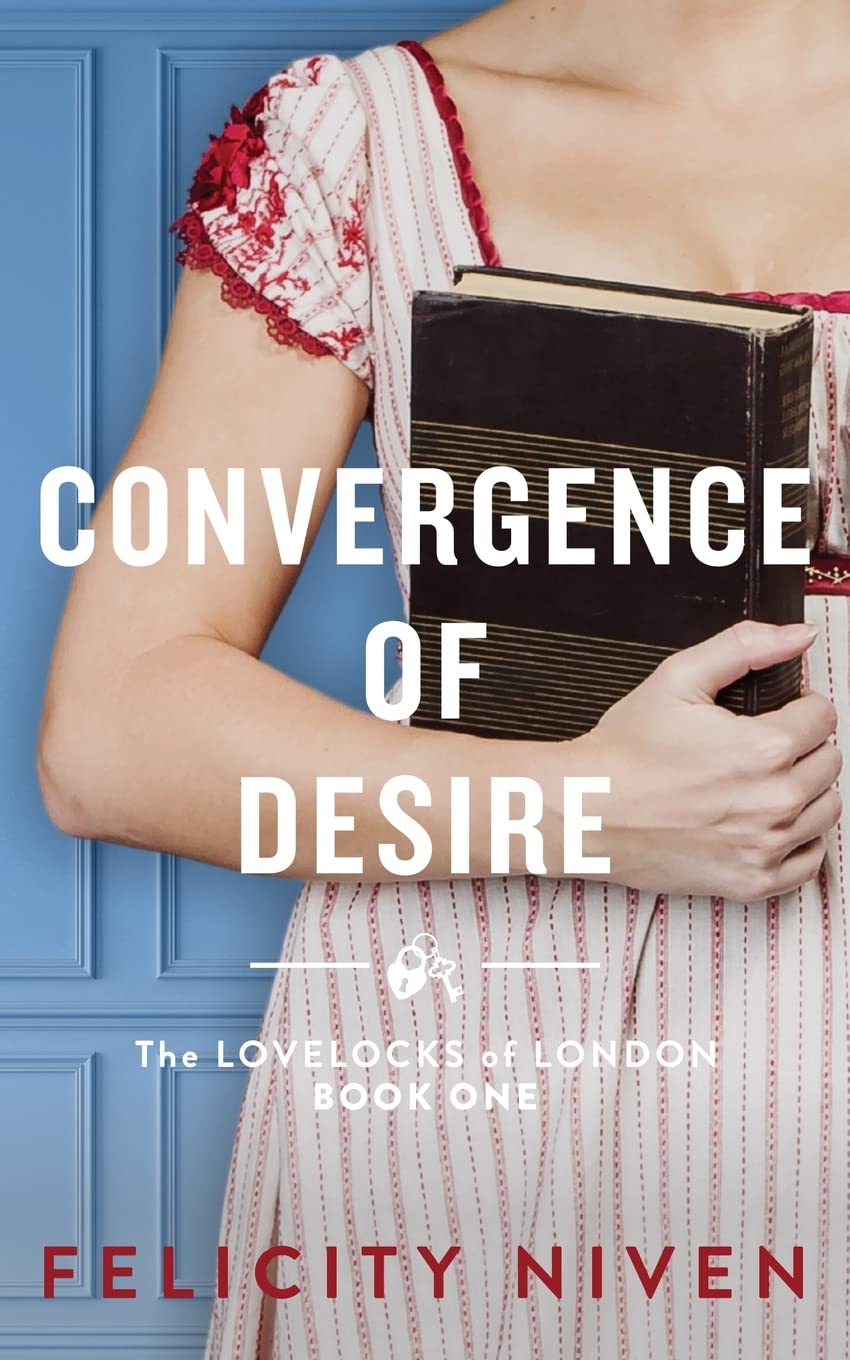
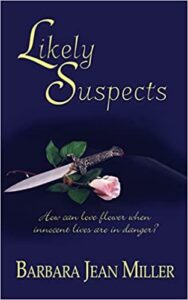
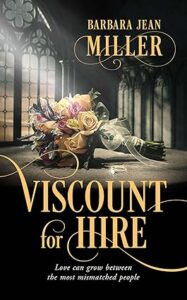



Doesn’t the book Regency Etiquette have some receipts for such things? Also, I would check with a chemist or someone who might know which of these ingredients might be harmful. In the 18th century they were recommending white lead which did more harm than good. I would want to know what ingredient gave the skin that bloom. Washing with goat’s milk was said to do wonders for the skin. One can still buy body lotions and soaps made with goat’s milk today
Thanks, Nancy. I am not familiar with the book Regency Etiquette. White lead was commonly used in many beauty products. Benzoin or storax is a balsamic resin from tree in the genus Styrax and used in a variety of products. Similarly, Balm of Mecca or Balm of Gilead is produced from a tree or shrub. Alum is a chemical compound, typically sulfate salt of aluminum. Most of these products are still used today in a variety of applications, including beauty products. Red fanders is a wood that when ground into water produces a bright red color. My guess would be the bloom came from some of the astringent ingredients combined with the dye in products like red fanders.
This is absolutely fascinating!
Thank you!
Thank you!